With its vivid color and unique scent, pandan is not only a nutritious food substitute but also one of the most well-liked flavors in southeast Asia. In addition to presenting three complimentary treats that highlight this delicious ingredient, let’s discover why it is so nutrient-dense.
Before we give you the rundown on how to use pandan, let’s find out why you’ll want to.
Antioxidant Powerhouse: Pandan leaves are rich in antioxidants, including flavonoids and polyphenols. These compounds help neutralise free radicals in the body, offering protection against oxidative stress and potential cell damage.
Anti-Inflammatory Properties: The presence of certain bioactive compounds in pandan contributes to its anti-inflammatory effects. Regular consumption may help alleviate inflammation, providing relief for conditions influenced by chronic inflammation.
Aiding Digestive Health: Pandan has been traditionally used to address digestive issues. It possesses natural laxative properties that can support regular bowel movements and alleviate discomfort associated with indigestion.
Enhancing Skin Health: The antioxidants in pandan are beneficial for skin health. They play a role in reducing oxidative stress, promoting collagen production, and contributing to a healthier and more radiant complexion.
Calming and Stress-Relieving: The aroma of pandan is known for its calming and stress-relieving effects. In aromatherapy, pandan is often used to create a soothing atmosphere, helping to reduce anxiety and promote relaxation.

Beyond its role as a culinary delight, pandan emerges as a versatile and health-promoting ingredient. Whether enjoyed in dishes, beverages, or as an essential oil in aromatherapy, pandan has earned its reputation as a leaf with a multitude of benefits for both the body and mind. Consider incorporating pandan into your routine to harness its impressive array of health-promoting properties.
People typically use pandan in the following forms:
Pandan Leaves: The most common form is the fresh or frozen leaves. These long, narrow leaves are often tied into a knot and added to recipes to infuse their aromatic flavor. Pandan leaves are used in both sweet and savory dishes, such as rice, curries, and desserts.
Pandan Extract: Pandan extract is a concentrated liquid derived from pandan leaves. It’s convenient for adding pandan flavor to various recipes, including drinks, cakes, and desserts. You can find pandan extract in many Asian grocery stores.
Pandan Paste: Similar to pandan extract, pandan paste is a thicker version with a paste-like consistency. It’s also used to flavour and colour various dishes.
Pandan Essence: This is a synthetic form of pandan flavouring and is often more concentrated than extract or paste. It’s widely used in baking to add pandan flavour to cakes, cookies, and other treats.
Dried Pandan Leaves: In some cases, dried pandan leaves may be used, although fresh or frozen leaves are preferred for their stronger aroma.
No-Bake Pandan Cheesecake
Serves: 8

Ingredients:
For the Cheesecake Filling:
- 2 cups cream cheese, softened
- 1/2 cup coconut cream
- 1/4 cup rice malt syrup
- 1 tablespoon pandan extract
For the Almond Flour Crust:
- 1 1/2 cups almond flour
- 1/4 cup melted coconut oil
Instructions:
For the Almond Flour Crust:
- In a food processor, combine 1 1/2 cups of almond flour with 1/4 cup of melted coconut oil.
- Blitz until the mixture resembles a crumbly texture and holds together when pressed.
- Press the almond flour crust firmly into the base of a pie dish, forming an even layer.
- For the Cheesecake Filling: In a mixing bowl, beat the cream cheese until smooth.
- Add coconut cream, rice malt syrup, and pandan extract to the cream cheese. Mix until all ingredients are well combined.
- Pour the pandan cheesecake filling over the almond flour crust in the pie dish.
- Smooth the top with a spatula.
- Refrigerate the cheesecake for at least 4 hours or until it is set.
- Slice and serve.
Pandan Crepes with Whipped Coconut Cream
Serves: 8

Ingredients:
For the Pandan Crepes:
- 1 cup all-purpose flour
- 1 1/2 cups coconut milk
- 2 large eggs
- 1 tablespoon rice malt syrup
- 1 tablespoon pandan extract
- 1/4 teaspoon salt
- Coconut oil for cooking
For the Whipped Coconut Cream:
- 1 can (400 g) whipping coconut cream, chilled
- 1 tablespoon rice malt syrup
- 1 teaspoon vanilla extract
For Serving:
- Fresh berries of your choice
Instructions:
- For the Whipped Coconut Cream: Place the can of coconut cream in the refrigerator for at least 24 hours.
- Open the chilled can without shaking it. Scoop out the thickened cream into a mixing bowl, leaving the liquid behind.
- Add rice malt syrup and vanilla extract to the coconut cream.
- Whip the coconut cream using an electric mixer until it forms stiff peaks. Set aside.
- For the Pandan Crepes: In a blender, combine all-purpose flour, coconut milk, eggs, rice malt syrup, pandan extract, and salt. Blend until smooth.
- Heat a non-stick skillet over medium heat and lightly grease it with coconut oil.
- Pour a small amount of batter into the skillet, swirling it to coat the bottom evenly.
- Cook for about 1-2 minutes on each side or until the edges lift easily. Repeat with the remaining batter.
- Once the crepes are cooled, spread a generous layer of whipped coconut cream on each crepe and fold them into quarters.
- Top with fresh berries and an extra dollop of whipped coconut cream.
- Enjoy these Pandan Crepes with Whipped Coconut Cream and Berries as a delightful, sugar-free treat!
Pandan Almond Loaf
Serves: 10

Ingredients:
- 1 1/2 cups all-purpose flour
- 1/2 cup almond flour
- 1 teaspoon baking powder
- 1/2 teaspoon baking soda
- 1/4 teaspoon salt
- 1/2 cup unsalted butter, softened
- 1/2 cup rice malt syrup
- 2 large eggs
- 1 teaspoon vanilla extract
- 1/2 cup coconut milk, canned
- 2 tablespoons pandan extract
Instructions:
- Preheat your oven to 350°F or 175°C. Grease and flour a loaf pan.
- In a medium bowl, whisk together all-purpose flour, almond flour, baking powder, baking soda, and salt.
- In a separate large bowl, cream together softened butter and rice malt syrup until light and fluffy.
- Add eggs one at a time, beating well after each addition. Stir in vanilla extract.
- In a small bowl, combine coconut milk and pandan extract.
- Gradually add the dry ingredients to the butter mixture, alternating with the coconut milk mixture, beginning and ending with the dry ingredients. Mix until just combined.
- Pour the batter into the prepared loaf pan and smooth the top.
- Bake for 45-55 minutes or until a toothpick inserted into the centre comes out clean.
- Allow the loaf to cool in the pan for 10 minutes, then transfer it to a wire rack to cool completely.
- Slice and enjoy this Pandan Coconut Almond Loaf with its delightful richness and fluffiness!
Need a little help committing to a healthy lifestyle? That’s what we’re here for. We’ve put in the hard yards so you can enjoy the benefits of an extensive, wholistic program that covers everything from learning how to manage nutrition and mental health to social situations. When you join us for the 8-Week Program you’ll have exclusive access to expert guidance, nutritional planning and support every step of the way. Take a peek at what’s on offer:
- 8 weeks of meal plans and shopping lists.
- A range of exclusive recipes, including sugar-free desserts, snacks and all the old favourites.
- Community forums to share and discuss your experience.
- Expert support to guide you through each week – from world-renowned chef Sarah Glover to yoga teachers, nutritionists and naturopaths.
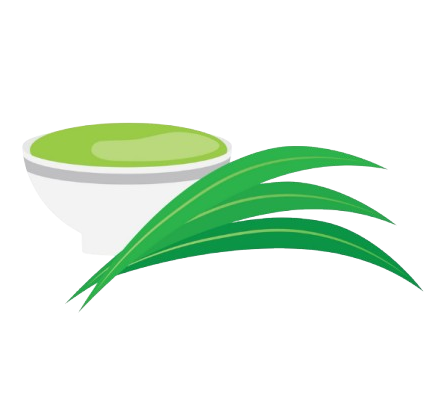
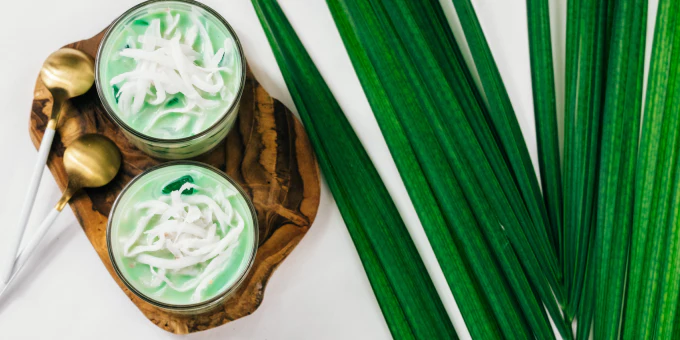
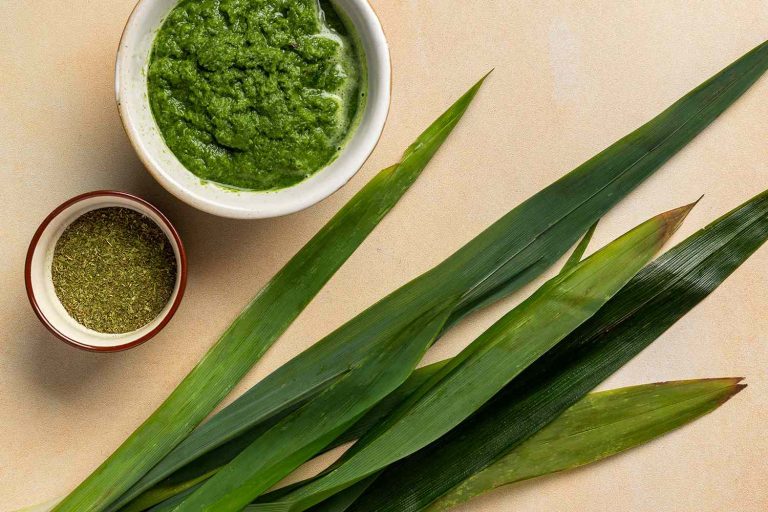
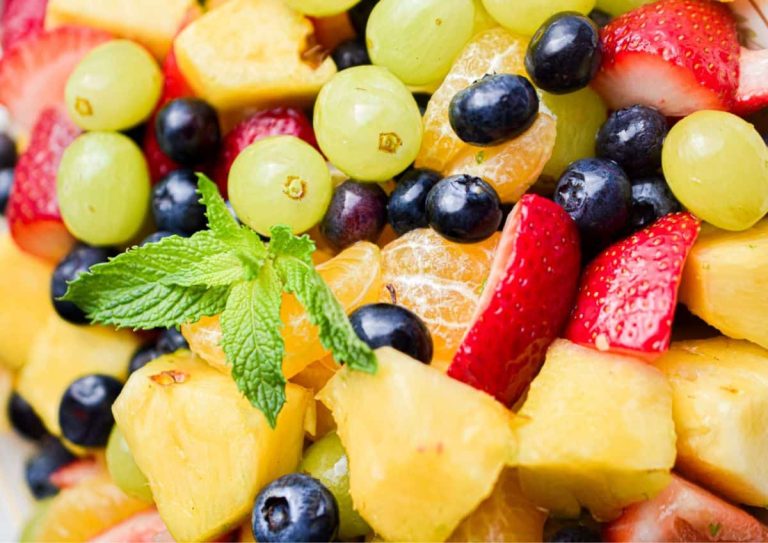
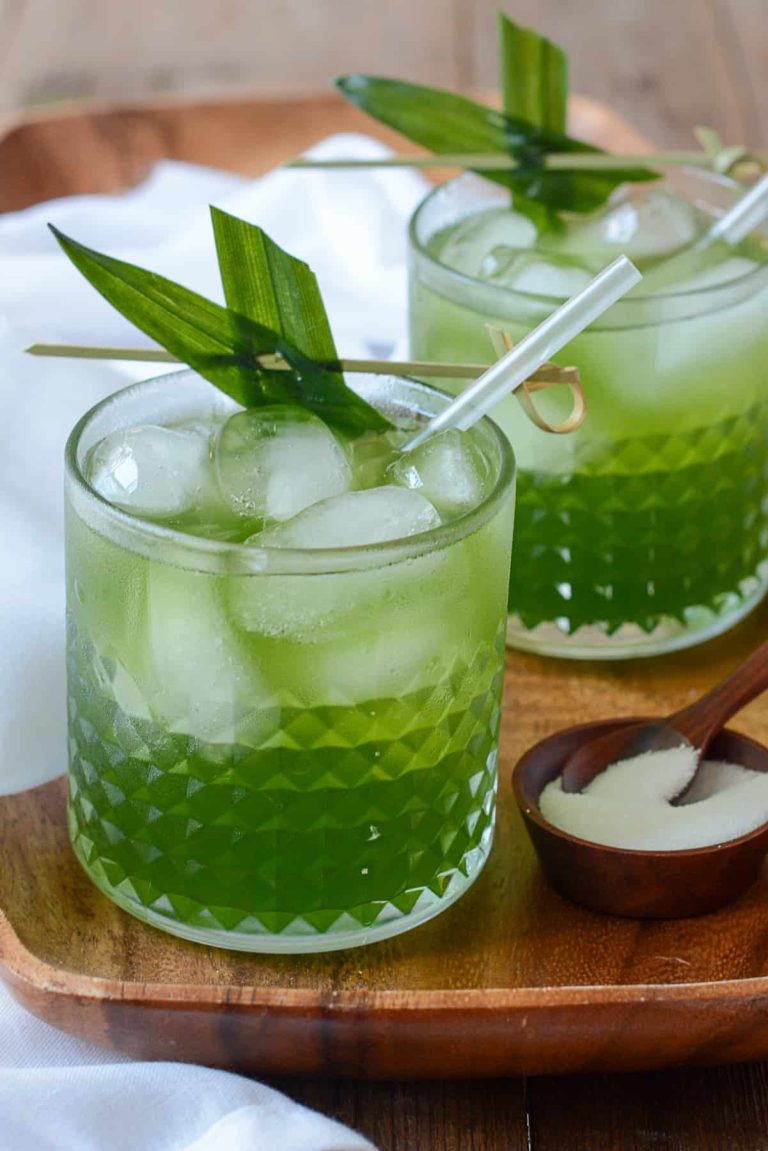
Hi, this is a comment.
To get started with moderating, editing, and deleting comments, please visit the Comments screen in the dashboard.
Commenter avatars come from Gravatar.